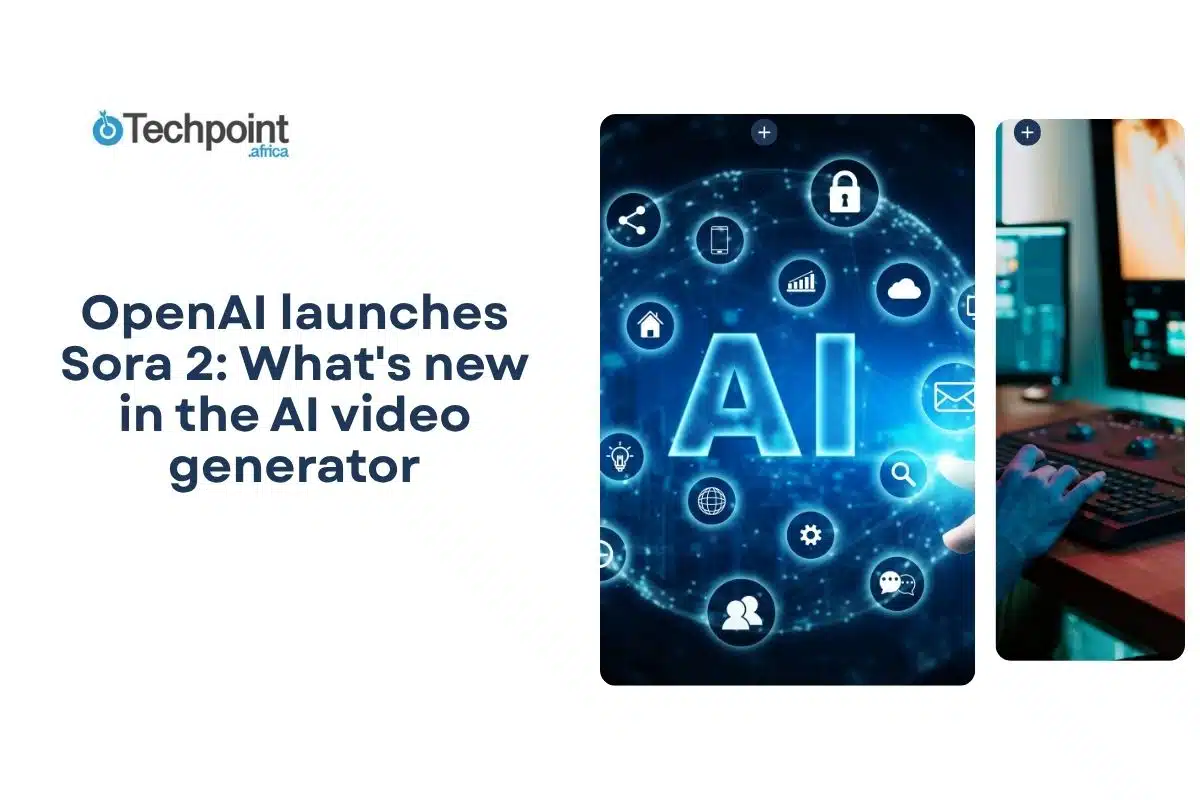OpenAI's Sora 2: 5 Key Features and Controversies (2025 Insight)
Explore OpenAI's Sora 2: Discover its groundbreaking features and the ethical debates surrounding AI-generated videos of the deceased.

OpenAI's Sora 2: 5 Key Features and Controversies (2025 Insight)
OpenAI’s latest AI video generation tool, Sora 2, launched in September 2025, represents a major technological leap in creating hyper-realistic, synchronized audio-visual content featuring lifelike physics and detailed cameos. However, the platform has ignited alarm among legal experts, ethicists, and the public due to its ability to generate videos of deceased individuals, raising profound questions about legacy, consent, and misinformation.
What is OpenAI Sora 2?
Sora 2 is an advanced AI video generator that synthesizes cinematic videos with synchronized dialogue, sound effects, and realistic physics simulation. Users can upload images or short video clips to create "digital twins" or “cameos” of real or fictional characters, allowing them to be inserted into AI-generated scenes. The tool is designed for broad applications, including marketing, education, social media, and creative storytelling.
Key features include:
- Advanced physics simulation allowing realistic object interactions.
- Synchronized audio generation for perfectly timed dialogue and sound effects.
- Cameos, enabling users to generate videos featuring themselves or others in various AI-created scenarios.
- Multi-shot consistency for longer, coherent video sequences.
Controversy: AI Videos of the Deceased
The technology’s ability to recreate realistic videos of deceased public figures has triggered widespread concern. The Guardian highlighted the backlash in a front-page report titled “‘Legacies condensed to AI slop’: OpenAI Sora videos of the dead raise alarm with legal experts,” emphasizing fears that AI-generated videos reduce complex human legacies to artificial, often inaccurate representations.
One high-profile case involved OpenAI suspending the generation of videos resembling Martin Luther King Jr. after public outcry and ethical critiques. Experts warn that such videos can distort historical truth, disrespect memory, and potentially be weaponized to spread misinformation or propaganda.
Legal and Ethical Implications
Legal experts are grappling with how existing rights—such as post-mortem personality rights and copyright—apply to AI-generated likenesses. The rapid advancement of tools like Sora 2 outpaces legislation, leaving a regulatory vacuum that could lead to unauthorized uses of deceased individuals’ images and voices.
Ethically, the concerns include:
- Consent: Deceased individuals cannot consent to their likeness being used.
- Misrepresentation: AI could fabricate speeches or actions that never occurred.
- Emotional harm: Families and communities might be distressed by synthetic portrayals.
- Erosion of trust: The proliferation of AI-generated deepfakes can undermine public trust in authentic media and historical records.
Some experts argue that AI-generated videos of the dead constitute a form of digital necromancy, commodifying legacies inappropriately and trivializing real human experiences.
OpenAI’s Response and Responsible AI Use
OpenAI has acknowledged these risks and is working to implement safeguards. The company paused certain controversial uses—such as Martin Luther King Jr. videos—and emphasizes strict usage policies, watermarks, and consent requirements to mitigate misuse.
OpenAI frames Sora 2 as a tool primarily for creative, educational, and commercial use, urging users to adhere to ethical guidelines and legal frameworks. The company’s 2025 system documentation and policy updates stress the importance of responsible AI deployment, consent, and transparency.
Industry Impact and Future Outlook
Sora 2’s capabilities represent a turning point in AI video technology, pushing the envelope for what synthetic media can achieve. The tool enables powerful storytelling and innovative content creation but also exposes new vulnerabilities in digital ethics and law.
Brands, creators, and regulators face a balancing act: harnessing AI’s creative potential while protecting individual rights and historical truth. The legal landscape is expected to evolve rapidly as lawmakers and courts address these novel challenges.
Meanwhile, media literacy and technological safeguards like digital provenance and watermarking will be critical to maintaining trust in an era where “you can no longer trust your eyes.”
Visuals to Accompany the Article
- OpenAI Sora 2 official logo and interface screenshots showcasing video generation and cameo features.
- Screenshots or clips demonstrating Sora 2’s physics and synchronized audio capabilities.
- Images related to the Martin Luther King Jr. AI video controversy, illustrating the ethical debates.
- Conceptual graphics on AI deepfakes and digital legacy concerns.
This emerging controversy around OpenAI’s Sora 2 illustrates the profound societal challenges posed by AI-generated media—transforming how legacies are preserved, represented, and potentially exploited in the digital age.


